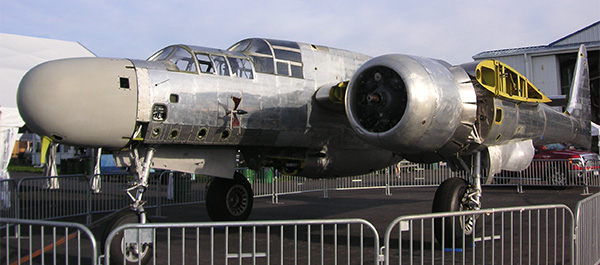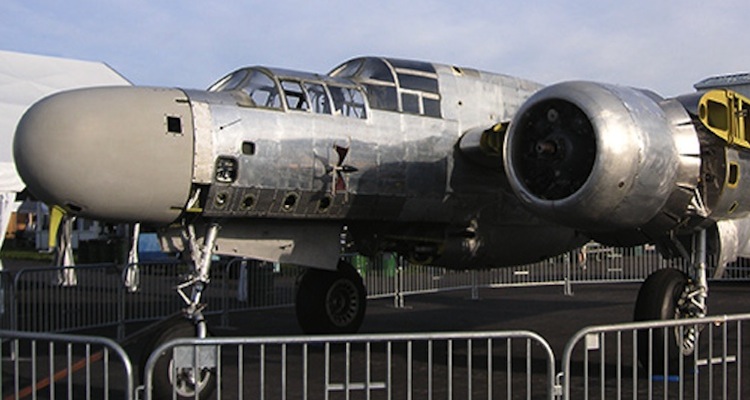
It has been 70 years since Northrop P-61B-1NO no. 42-39445 of the 550th Night Fighter Squadron, Thirteenth Air Force, left Hollandia airfield on a “proficiency flight” on January 10, 1945, only to crash on Cyclops Mountain in New Guinea. In 1988 the wreck was recovered from its crash site 5,050 feet up the mountain, and in 1991 it was brought to the Mid-Atlantic Air Museum in Reading, Pa. Since serious restoration efforts got underway in 1994, the quest to turn the wreckage of one of the most technically complex combat planes of World War II into the only flying example of its kind has been a protracted process. Some $850,000 has gone into reassembling the fuselage nacelle, twin booms and tailplane, but much work—and an estimated $1 million—remains to be invested in rebuilding the wings and rendering the aircraft flight-ready. This year, though, the ongoing effort is showing encouraging signs of accelerated progress.
“The Mid-Atlantic Air Museum’s P-61 restoration project continues to move along,” reports the museum’s founder and president, Russell A. Strine. “As a result of the recent Kickstarter fundraising effort, all the materials to manufacture the new wing spars, replace any damaged wing ribs and re-skin the wings are now in-house. Meanwhile MAAM crews are busy on the other wing spar components such as the spar web, and are also making the patterns for and are forming new wing ribs as necessary. The ribs are made in three sections: nose, center and trailing edge. However, a number of the nose or leading edge section ribs must be replaced due to damage from trees during the crash. Work on the crew nacelle has been focused on installing miles of electrical wiring for quite some time now, and just prior to the December holidays ground power was put on the airplane for the first time to test all electrical circuits, which went without a hitch!” Other work has centered around stringing and connecting up the engine fuel system and flight control trim cables.
“During 2014 an original NOS [new old stock] Curtiss Electric propeller was purchased after raising $20,000 dollars during the museum’s annual World War II Weekend event,” Strine says. “A second Curtiss Electric prop, promised to the museum for the project, is now in-house.”
Up to now, Mid-Atlantic Air Museum visitors have been greeted by a wingless, bare-metal Black Widow. But displaying its work in progress has undoubtedly contributed to raising the funds that will make this the only flying P-61 in the world.





